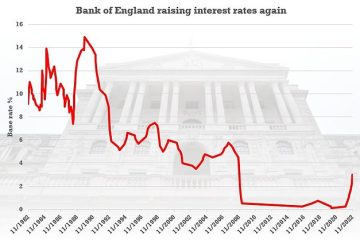Understanding Eswatini: Culture, Economy, and Current Events

Introduction
Eswatini, formerly known as Swaziland, is a landlocked nation in Southern Africa. With a rich cultural heritage and a unique governmental structure, it is a significant player in regional dynamics. As one of Africa’s last absolute monarchies, understanding Eswatini is essential to grasping the challenges and prospects faced by small nations in today’s global context.
Cultural Heritage
Eswatini is renowned for its vibrant cultural traditions, including colourful festivals, traditional dances, and unique handicrafts. The annual Umhlanga Festival, or Reed Dance, attracts thousands of visitors who come to witness young maidens participate in this ceremony celebrating purity and womanhood. The nation’s rich oral traditions and communal lifestyle reflect its historical roots, showcasing a community committed to preserving its identity amid modern pressures.
Economic Challenges
Despite its rich cultural backdrop, Eswatini faces significant economic hurdles. According to recent reports, over 50% of the population lives below the poverty line, and youth unemployment remains a pressing issue. The country’s economy largely relies on agriculture and manufacturing, with sugar and textiles being the primary exports. However, the impact of the global pandemic has exacerbated existing challenges, leading to calls for economic diversification and investment in sustainable growth.
Current Events and Governance
Eswatini has been in the international spotlight recently due to growing political unrest. Protests demanding democratic reforms intensified in 2021, with citizens vocalising their frustrations over governance, poverty, and educational disparities. The government’s response has varied, alternating between dialogue and repression, which poses a continuous challenge to stability. Observers speculate that these movements could be a catalyst for change, as public sentiment evolves towards a more participative form of governance.
Conclusion
In conclusion, Eswatini stands at a crossroads between preserving its rich cultural heritage and addressing significant social and economic challenges. As its citizens increasingly demand democratic reforms and economic opportunities, the path the country takes in the coming years will significantly impact its future. For readers, understanding Eswatini is not just about its past, but also about its potential trajectory towards greater prosperity and stability within the Southern African region.








